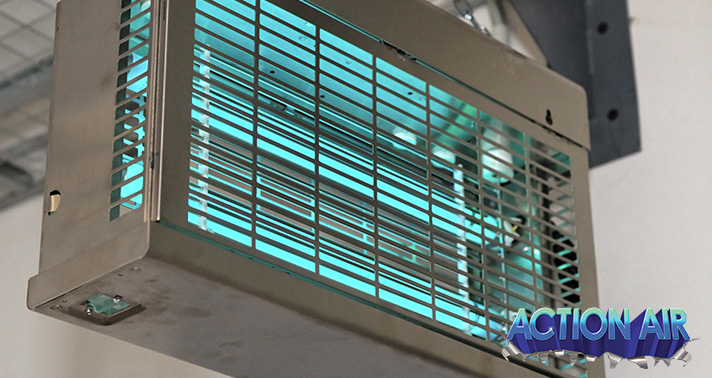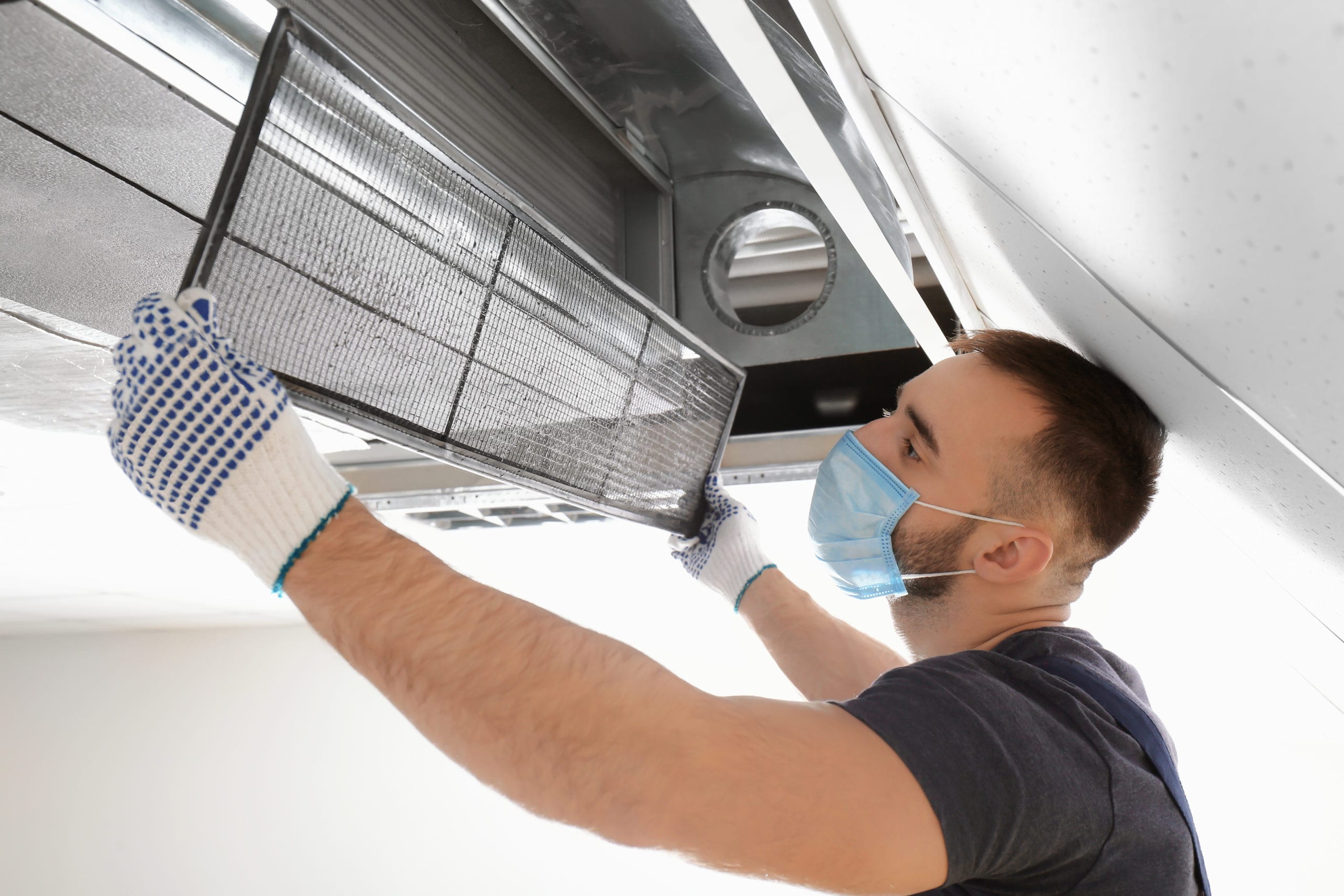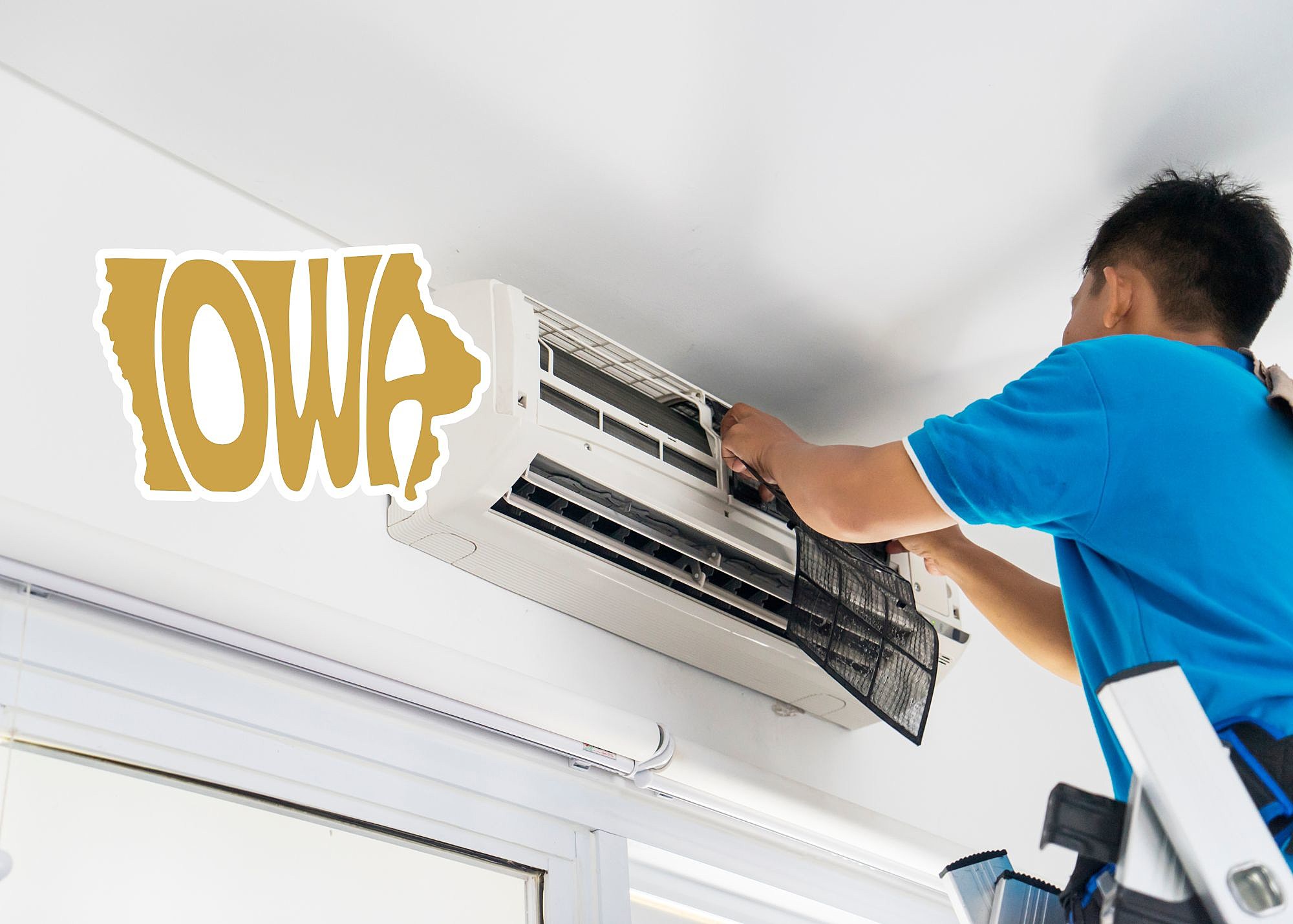As concerns about indoor air quality continue to rise, UV air purifiers have become increasingly popular for their ability to eliminate airborne germs, bacteria, and certain viruses. While they do offer significant benefits, there is also a great deal of confusion and skepticism regarding their safety. Let’s explore the main concerns, clarify misconceptions, and provide clear guidance on how to use UV air purifiers safely in your home.
Understand UV Air Purification: The Basics
UV air purifiers primarily utilize UV-C light, a specific type of ultraviolet light with a short wavelength, to disinfect the air. This UV-C light disrupts the DNA and RNA of microorganisms, making them unable to reproduce or cause illness. In these purifiers, UV-C light is usually contained within a chamber where air flows over the light source, allowing the UV light to neutralize microorganisms.
Common Safety Concerns Surrounding UV-C Technology
Potential Harmful Effects of UV Light Exposure
UV-C light is potent and can be harmful to human skin and eyes if there is direct exposure. However, reputable UV air purifiers are designed to function without any UV light escaping. Most UV-C bulbs in air purifiers are completely enclosed within the unit, preventing any exposure to users.
Important Note: Never try to open a UV air purifier while it’s in operation. Properly installed and enclosed UV bulbs are crucial for safe use.
Production of Ozone
A common misconception is that all UV air purifiers generate ozone, a gas that can irritate the lungs and exacerbate respiratory issues. However, UV-C light itself does not produce ozone. Ozone is typically created by UV-B and UV-V lights, which are not found in most household UV air purifiers. When selecting a UV air purifier, look for models that are certified as ozone-free.
Effectiveness Against All Pollutants
UV air purifiers excel at targeting microorganisms such as bacteria and viruses, but they are not equipped to capture particulate matter like dust, pollen, or pet dander. This limitation can lead to disappointment or confusion about how the technology functions. For comprehensive air purification, it’s advisable to use UV air purifiers in conjunction with HEPA filters or activated carbon filters to address a wider range of contaminants.
Safety with Pets and Children
Many people are concerned that UV-C air purifiers might pose a risk to children or pets. However, since the UV-C light in these devices is contained, they are generally safe for all members of the household. As with any electronic device, it’s important to ensure that children and pets do not tamper with or handle the purifier. If you have inquisitive pets or young children, consider placing the unit on a high shelf or in a less accessible area.
Misconceptions About UV Air Purifiers
“UV Air Purifiers Work Instantly”
A prevalent myth is that UV purifiers can disinfect the air immediately. While UV-C light can neutralize pathogens fairly quickly, the air must pass through the purifier at a specific speed for effective exposure. Many high-quality UV purifiers are designed to optimize the balance between airflow and UV exposure, but expecting instant, complete air sanitization is unrealistic. Consistent use over time is essential for achieving the best results.
“UV Light Replaces Other Air Purification Methods”
UV purifiers are effective in their role, but they do not eliminate the necessity for other air cleaning technologies. While UV-C light targets live microorganisms, it does not remove airborne particles or odors. Combining a UV purifier with a HEPA or activated carbon filter can help capture and neutralize a broader range of pollutants.
Not all UV Purifiers are Created Equal
There is a significant difference in quality and design among UV air purifiers. Some models may use inferior bulbs or have poorly constructed chambers, which can diminish their effectiveness and even lead to UV light leakage. It’s best to choose reputable brands that rigorously test and certify their products to ensure they meet safety and performance standards.
“UV Purifiers Can Be Operated Continuously”
Although many UV purifiers are built for continuous operation, it’s often not necessary to run them around the clock, particularly in smaller spaces or when the area is empty. Additionally, turning the unit off from time to time can help prolong the lifespan of the UV-C bulb, which generally needs to be replaced every 6 to 12 months based on usage.
Guidelines for Safe Use of a UV Air Purifier
Select Certified Products: Opt for UV air purifiers that have been certified by trusted organizations like CARB (California Air Resources Board), UL, or other independent testing bodies to ensure safety and effectiveness.
Adhere to Manufacturer Guidelines: Each model of purifier has its own specifications, so it’s important to read the instructions thoroughly to understand how to use it properly, replace bulbs, and maintain it.
Combine with Other Purification Techniques: For optimal air quality management, consider using a multi-step air purifier that integrates UV-C technology with HEPA or carbon filters.
Regularly Replace Bulbs: Since UV-C bulbs lose their effectiveness over time, it’s crucial to replace them regularly to keep your purifier functioning at its best.
UV air purifiers can significantly enhance indoor air quality by minimizing harmful microorganisms. It’s important to recognize their limitations, follow usage guidelines, and combine them with other filtration systems for optimal results while ensuring safety. When utilized properly, UV air purifiers are typically safe, effective, and can create a healthier environment for you and your family.
By being informed and adopting the right strategies, UV air purifiers can aid in lowering airborne risks and promoting cleaner indoor air—just remember to distinguish between facts and myths!




Leave a Comment